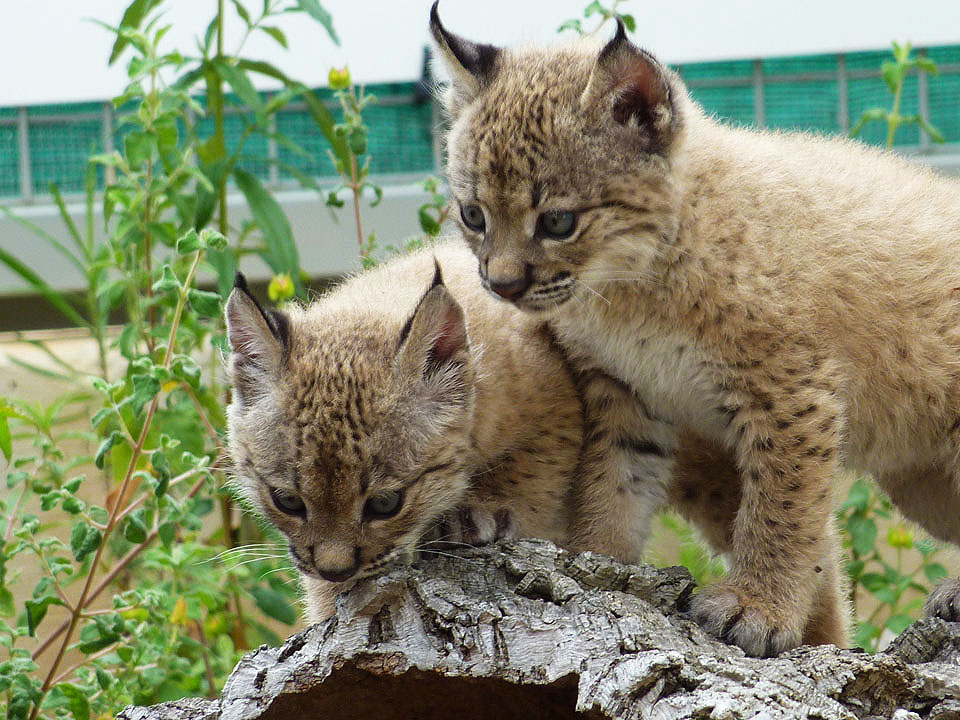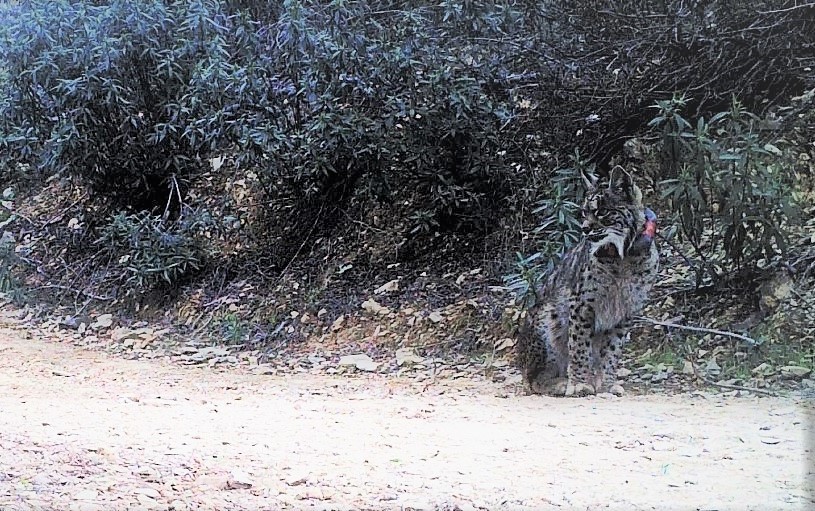The Iberian lynx Mistral, a male, was found dead this Wednesday, January 2, on National Road 122, about 10 kilometers from Mértola, next to Herdade da Cela. According to the Institute for the Conservation of Nature and Forests (ICNF), the animal showed "signs of being run over".
In the same place, another lynx, the Elm, had been found run over in May, which leads the ICNF to admit that this «will be a black point of mortality, that is, a place where recurrent crossings of wild animals occur, between areas of adjacent natural habitat and presenting conditions that favor trampling”.
The Mistral lynx was born in 2015, at the Iberian Lynx Captive Breeding Center of Zarza de Granadilla, and had been released in the municipality of Mértola on May 13, 2016, during the process of reintroducing the species in the Guadiana Valley recommended in the Project "Recovery of the Historical Distribution of the Iberian Lynx (lynx pardinus) in Spain and Portugal.
Mistral settled in Herdade da Cela «where he maintained a territory of about 10 km2 and will have mated twice with the female Moreira, being the probable parent of four cubs», says the ICNF.
The lynx was collected around 9:00 am by the ICNF monitoring team based in the Vale do Guadiana Natural Park. This was the fourth trampling of Iberian lynx specimens released in the Guadiana, since 2015. However, «the survival rate of reintroduced specimens from the LIFE+ Iberlince project in Portugal remains high, estimated at 75%».
According to ICNF, “although the risk of being run over continues to be a threat to the species throughout the Iberian Peninsula, the year 2018 was particularly favorable for the lynx in Portugal. With the birth of 29 offspring in a natural environment and 11 stabilized breeding females, the Guadiana Valley has become one of the most successful reintroduction areas at the Iberian level».

The population nucleus "shows a strong growth, with females born here in 2016 to reproduce, which will allow the existence of a viable population in the long term", highlights the ICNF, which considers that "this positive scenario has been possible thanks to the collaboration of owners and hunting areas, sustainable land management, a high abundance of wild rabbits and a favorable attitude towards predators'.
“The connectivity of the population of the Guadiana Valley with other areas in Spain, essential for the maintenance of genetic variability, was also definitively confirmed during 2018. Not only Mundo, a male from Doñana, bred again this year in Serpa, as well as Nairobi , a female with the same origin, settled in the municipality of Mértola».
On the other hand, continues the ICNF, «Lithium, a 4-year-old male, originally released in Mértola, was found near Barcelona, in an area with no counterparts and after having covered a distance of about a thousand kilometers. This male, captured and released again in the Guadiana Valley, now finds himself in a stabilized territory and next to one of the resident females».
Regarding known deaths in 2018, in addition to the male Olmo, «there were two females drowned in the municipality of Serpa and one female was run over between Tavira and Olhão».
During the past year, the ICNF team «also successfully carried out an operation to capture and tag lynxes, with the aim of monitoring the population from a health point of view and continuing the necessary follow-up to learn about its evolution in the territory. ».
During 23 days, 13 specimens were captured, seven of which were sub-adults born in 2018, "and no worrisome pathologies were detected", according to the ICNF.
At the moment, a new application to the LIFE program is being prepared with partners from Portugal and Spain «which will allow the consolidation of the objectives of reintroduction and the presence of the lynx as a top species and a balancing item in the Mediterranean ecosystems».
Some of the actions foreseen in the continuation of the project, “should contribute to the defragmentation of habitats and the minimization of mortality on roads”, believes the ICNF.
The institute also says that “there has been a growing interest and involvement of citizens in the conservation of the Iberian lynx. Participation in public releases and collaboration with the team have been constant, with the online voting of names in 2018 accounting for 406 participations. An exhibition to the public about the history of the lynx in Portugal and its reintroduction will open to the public next February in Mértola».



















Comments